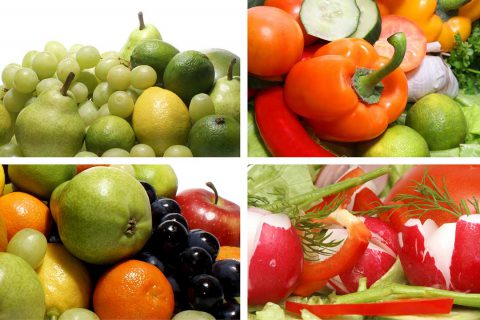Detoxification is a natural physiologic process occurring in the body all the time. You may not have realized but you have your very own built in detoxification system. While the liver does most of the work, the kidneys and intestines share in the workload.
Three Phases of Detoxification
Detoxification occurs in three phases: Phase One, Phase Two, and the Excretion phase. The main goal of detoxification is to convert toxic substances into a water-soluble form for further processing by the liver followed by final elimination via the urine and intestines. Phase One, which happens in the liver transforms fat-soluble substances into intermediate molecules, which are more water-soluble. In Phase Two, a process called conjugation happens where the water-soluble toxin is joined to another substance, which allows for excretion. The excretion phase occurs when a neutralized water-soluble toxin is eliminated from the body through the kidneys or intestines.
If you are not optimally detoxing, your body will not remove harmful toxins, which can lead to chronic disease. Other signs and symptoms indicating impaired detoxification include the following: fatigue, headaches, dizziness, impaired concentration, anxiety, depression, myalgia, rashes, and dyspnea. A huge indicator to overall health is bowel movement quality and frequency. A healthy person should be eliminating 2-3 well-formed stools per day. If your bowel habits are not within these guidelines, a detox is probably a good idea.
Reducing Your Risk
You can reduce your risk for toxicity by eating organically grown grains, vegetables and fruits. Other guidelines include avoiding foods high in saturated and trans fat. It is also important to avoid packaged foods, food additives, preservatives and artificial sweeteners. Also remember to stay well hydrated. Buying organic fruits and vegetables can be expensive, the EWG (Environmental Working Group) has compiled a list of the 12 most contaminated fruits and veggies, known as the “dirty dozen”, which helps us to prioritize and allocate our grocery budgets accordingly. Visit www.ewg.org for more information regarding sources of toxin exposure and the “dirty dozen”.
12 Most Contaminated
- Strawberries
- Spinach
- Kale
- Nectarines
- Apples
- Grapes
- Peaches
- Cherries
- Pears
- Tomatoes
- Celery
- Potatoes
15 Least Contaminated
- Avocados
- Sweet corn
- Pineapples
- Frozen sweet peas
- Onions
- Papayas
- Eggplants
- Asparagus
- Kiwis
- Cabbages
- Cauliflower
- Cantaloupes
- Broccoli
- Mushrooms
- Honeydew melons
(lists updated for 2019)
There are many detox options and one size definitely does not fit all. It is best to work with your doctor to customize a detoxification support plan to fit your individualized needs.

